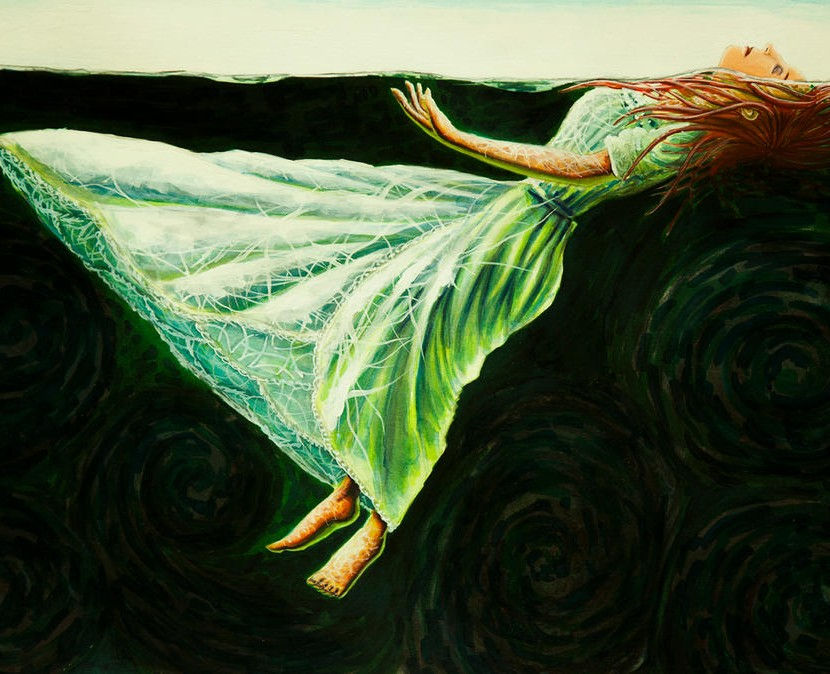The Quiet Storm: An Introvert’s Guide to Living with a Personality Disorder in a Loud, Unforgiving World
- Natalie Frank
- Jun 23
- 3 min read
Updated: Jun 26
Navigating emotional noise, internal chaos, and the pressure to “perform” when your mind demand
Natalie C. Frank. Ph.D 6/23/2025

Sarah used to think the world was just too loud. Too many voices. Too many expectations. Too much stimulation. But then she realized: it wasn’t just the outside world that was overwhelming her — it was the one inside her own head. That’s what no one tells you about being an introvert with a personality disorder. It’s not just the need to recharge after a conversation or preferring solitude to socializing. It’s that the quiet they crave isn’t just comfort, it’s survival.
And when you live in a world that praises extroversion — the curated confidence, the social media boldness, the culture of constant output — you begin to wonder if you’re broken just for needing silence, for falling apart when things get too fast, too public, too performative.
This isn’t a how-to list. There are no five easy steps to self-love here. It’s more like a conversation between two people who see each other. It’s the inner monologue you’ve had a hundred times, finally spoken aloud.
When the World Is Too Much, and You Are Also Too Much
Living with a personality disorder as an introvert can feel like existing in stereo: the external world blasting its noise through one speaker while the internal world crackles with static and self-doubt through the other. For me, it was like this incessant hum of “you’re doing it wrong.” Too withdrawn. Too reactive. Too intense. Too disconnected.
Sarah has what clinicians call a “Cluster B” diagnosis. I won’t name it here because labels can be both illuminating and limiting. But I will say it involves emotional intensity, identity confusion, fear of abandonment, and the kind of inner emotional chaos that makes a crowded room feel like a battlefield.
This disorder looks very different in an introvert compared to an extrovert. Instead of the acting out to gain other people’s attention and prevent abandonment, introverts “act in,” internally criticizing themselves for things that aren’t their fault or aren’t even problems to begin with.
The “I love you, I hate you” dynamic may also be internalized. If felt towards significant others, the individual may act out but in a much more subtle way. The characteristics of the personality disorder combined with a constant fear of being judged makes the disorder appear to be toned down, compared to the more traditional presentation. Since the introvert suffers on the inside they don’t appear overt, loud, or dramatic in presentation. Even when they see a therapist, the underlying personality disorder often goes undiagnosed.
The most dreaded symptom of this personality disorder, self-injurious behavior such as cutting or burning, may happen externally but may not appear as if it were done intentionally. The individual may also use self-injurious behavior to punish themselves for characteristics they believe cause others to fail to help or abandon them. Introverts with this disorder may also use self-sabotage as a way to fulfill the messages they were raised with, such as, “You will never succeed,” “You’re not as good as others,” “The rules are different for you,” or “You weren’t meant to be happy.”
Introverts are often misunderstood as shy or asocial. But when you add a personality disorder to the mix, suddenly you’re not just misunderstood — you’re pathologized. Quiet isn’t just quiet anymore; it’s suspicious. You’re not just introspective; you’re “difficult to engage.” You’re not cautious; you’re avoidant. The world doesn’t have the patience to see the nuance.
The Myth of the High-Functioning Self
There was a time when Sarah tried to be high-functioning. Tried to never get on anyone’s nerves. Smile at the right times. Laugh even when nothing was funny. Say yes to invitations even though every part of her wanted to stay home and read. She carefully curated her energy like a resource. She rationed herself.
But when you’re dealing with a personality disorder, even the act of pretending takes a toll. It’s not just masking discomfort; it’s warping reality. Sarah started losing track of what was authentic and what was survival. The mask she wore to appear “normal” eventually became so tight it cut off her breath.
Eventually, she stopped going to gatherings. Not as a punishment, but as a form of protection. And that’s something no one talks about enough: sometimes choosing solitude isn’t a retreat — it’s resistance. It’s saying no to environments that don’t see or serve you.






